By Mariah Bourne
Taking a moment to stop and admire the flowers is one of the most beautiful parts of spring. Appreciating springtime is common all over the world, but it is especially celebrated in Japanese culture. Every spring, cherry blossoms, or sakura, bloom regionally across Japan beginning in mid-March. People from all over the world visit Japan to take part in this highly-anticipated and breathtaking experience.
Hanami, which translates to “watching blossoms,” or “flower viewing,” is an integral part of Japanese culture. Want to learn more about the Hanami Festival and how it has inspired our most beautiful tea yet? Grab your favorite brew and read on.
What is Hanami?
Hanami is the spring tradition of admiring the sakura season in Japan. The sakura flowers are symbolic for the people of Japan, representing hope and new life. Sakura is an embodiment of the beauty and fleetingness of life itself.
As quickly as sakura trees bloom in all their glory, the blossoms start to fall within weeks. At this time of year, people gather to socialize, picnic, eat, drink, and barbecue while basking under the splendor of the cherry blossoms.
 Two children cycle under blooming yaezakura trees in Japan
Two children cycle under blooming yaezakura trees in Japan
History of Hamani and Sakura
The Hanami tradition dates back to ancient Japan when farmers used the blooming season as a sign to start planting rice crops. The earliest records of blossom viewing events began in the Nara period, around 710 to 794 AD. At first, people admired Asian plum blossoms or ume. But the beauty of sakura gained more attention, and Hanami became associated with cherry blossoms. (Ume are still quite beautiful in their own right, though!)
Hanami was first used to describe sakura viewing in the Heian era novel The Tale of Genji. People believed holy powers were inside the trees and made offerings, ending the ritual with sake. Emperor Saga of the Heian period continued this practice, holding flower-viewing parties and feasts under the blossoming sakura trees in Kyoto.
Sakura in Modern Day Japan
The Hanami Festival has evolved into a precious celebration in contemporary Japan. As sakura blooms in Japan, it signals the beginning of spring. People gather to celebrate this heavenly time by visiting parks to take in the beauty of sakura. Celebrations take place throughout Japan with everything from sakura-themed products like desserts and green tea to features in music and art.

Sakura blooming at a temple in Kyoto
Sakura Blooming Seasons
Hanami is a reminder that life is short for the people of Japan. Starting as early as the beginning of March, sakura’s magnificent billowy pink and white blooms flood the parks and riverbanks around Japan. Within a couple of weeks, the glorious petals begin to fall.
Japan releases a cherry blossom forecast every year. Blooming seasons depend on the region, with the earliest cherry blossom flowerings beginning around mid-March in Tokyo. The northernmost prefectures of Hokkaido and Sapporo often see the latest flowerings around the last week of April — and sometimes even May!
Types of Sakura Trees in Japan
Did you know Japan has over 200 types of sakura trees? Sakura trees can differ by climate and region. But with only slight variations in color and shape, it may be hard to spot differences between them. Here are just a few incredible sakura trees:
- Somei Yoshino. Somei Yoshino makes up almost 80% of sakura trees in Japan. They typically bloom around late March and prevail for a week up to about 10 days. Somei Yoshino has traditional light pink flowers with five tiny petals. Some of the best places to view Somei Yoshino include Taito-ku, Tokyo and Hirosaki Castle in Aomori prefecture.
- Shidare Zakura. Widely known as weeping cherry trees, Shidare Zakura are cherished for their majestic drooping branches and variety of white, light pink, and vivid pink flowers. Shidare Zakura also have a pretty long lifespan of about 300 years. There’s even a Shidare Zakura in Fukushima that’s 1000 years old!
- Yaezakura. Yaezakura are some of the most unique sakura trees with differences you won’t miss. Known as double-flowered cherry blossoms, each flower can have 10 to 50 petals. Their vibrant pink, light pink, and white leaves can also be enjoyed for up to a month, from mid-April to mid-May. You can relish in fascinating views of Yaezakura in Osaka Mint and Nara Park of Nara prefecture.
- Yamazakura. These native Japanese sakura trees typically grow in mountainous areas in Honshu. Like Somei Yoshino, Yamazakura have five little petals with white and light pink flowers. Mt. Yoshino in Nara prefecture is the perfect spot to catch a glimpse of these beauties.
 There's nothing more beautiful than Sakura blooms in Spring
There's nothing more beautiful than Sakura blooms in Spring
Sakura Sencha
Hanami is deeply ingrained into Japanese culture, and green tea is no exception. The delightful, aromatic sakura petals blend effortlessly with sencha to capture the spirit of spring. Our Sakura Sencha brings the essence of Hanami to the comfort of your home so you can delight yourself in the fullness of spring.
Mizuba Tea Co's hand-harvested sencha with whole sakura blossoms
Mizuba Sakura Sencha
Our Sakura Sencha is reminiscent of all the best parts of spring. We’ve blended sencha harvested from the Yabukita cultivar with the beloved Yaezakura sakura blossoms to create fresh umami layered with a smooth, sweet cherry blossom flavor. Each sip delivers a harmonious balance of umami and sweetness with a deep, rounded cherry blossom aroma.
Yabukita sencha is shaded for a few days to boost sweetness before being lightly steamed, rolled, and dried. Each sakura blossom is meticulously harvested by hand and dried. The sencha and sakura are then married, creating a delicate blend of beauty and taste.
How to Enjoy Sakura Sencha
A well-brewed sakura sencha brings on spring feelings any time of the year. We recommend steeping 5g of sakura sencha in 180 ml of 165ºF water for 1.5 minutes to yield a perfect brew.
Enjoy the Fullness of Spring
The Hanami tradition encourages us to take a second to admire the beauty of nature. The gorgeous vigor emanating through sakura is a reminder to take in every exquisite experience in life fully.
Every time we take a moment to enjoy the peace and serenity of drinking tea, we’re honoring this tradition. Ready to embrace the fullness of spring? Try out our Sakura Sencha and elevate your daily sip.


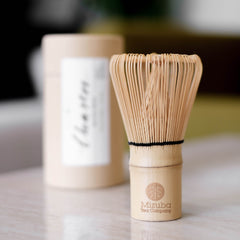

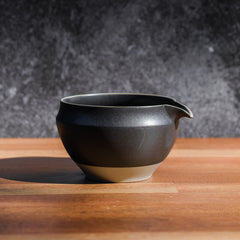
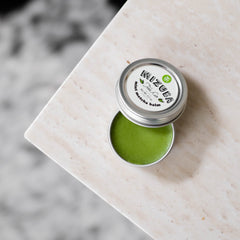
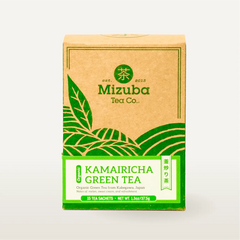
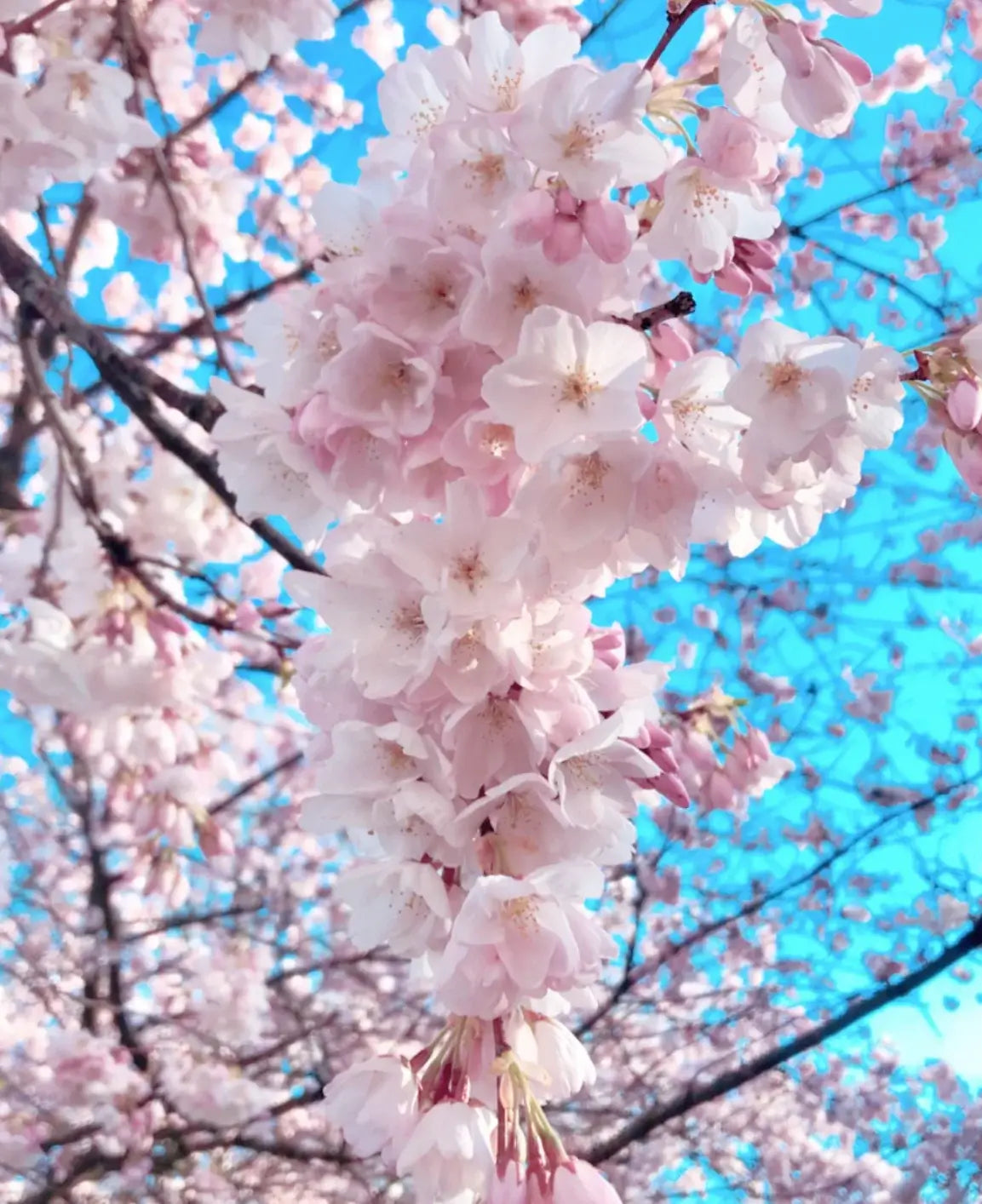


Leave a comment